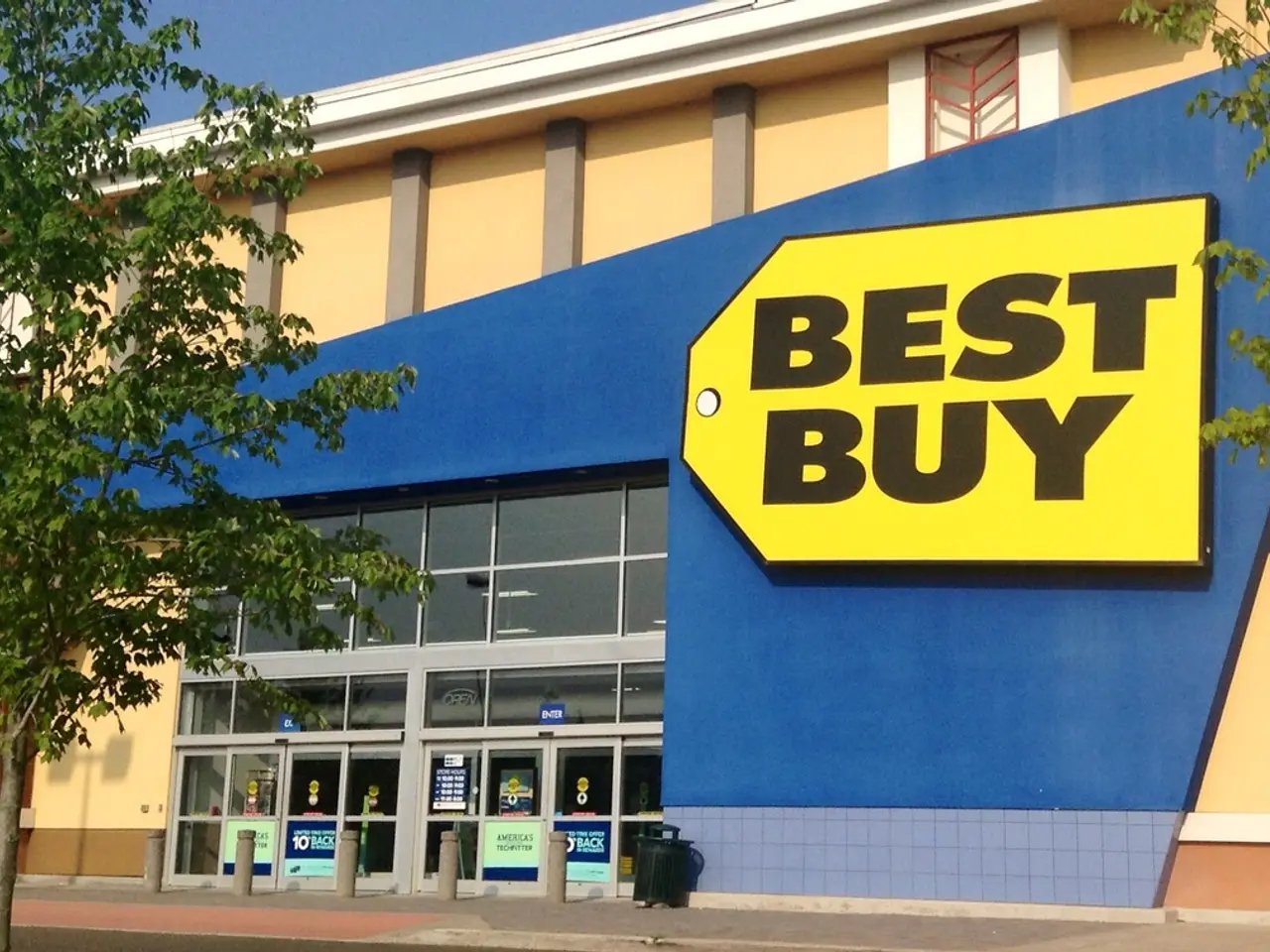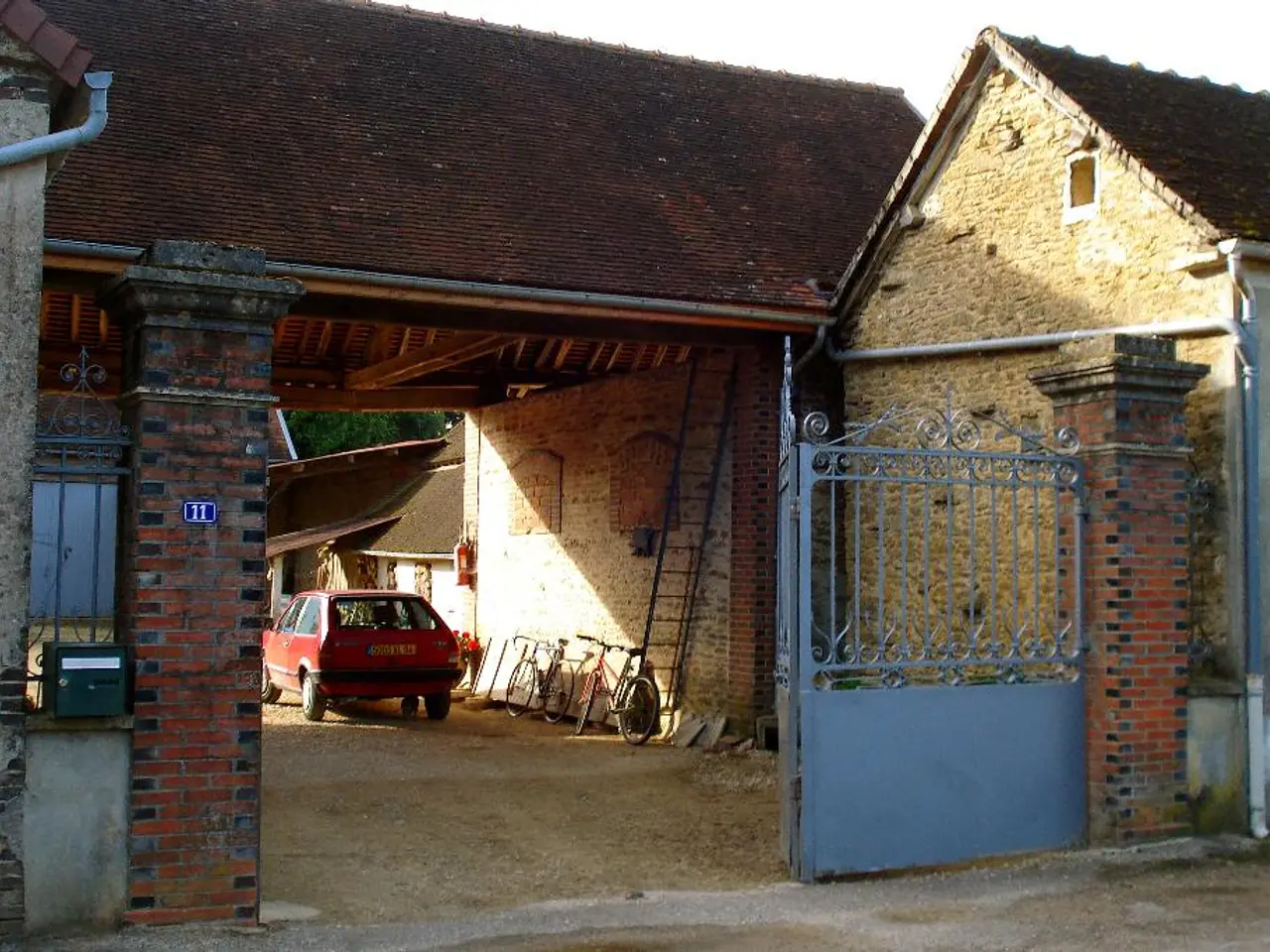Quebec-based transportation advocate, Sam Hamad, advocates for the implementation of a rapid bus system.
In a twist for Quebec City's mayoral race, Sam Hamad, the Leadership Quebec party candidate, has proposed a new rapid bus system, dubbed BRT+, as a more affordable alternative to the plan favored by current Mayor Bruno Marchand — the tram.
Scheduled to span 29 kilometers, the BRT+ network would cost an estimated $4.2 billion and begin operation between 2029 and 2031. Hamad argues that this project offers a practical, forward-thinking solution that takes advantage of the best available technical recommendations.
The BRT+ project includes dedicated lanes, priority traffic signals, and dynamic signaling. Hamad believes it will limit heavy construction and minimize disruptions to traffic and businesses throughout the city.
Citing a better use of public money and respect for citizens' paying capacity, Leadership Quebec emphasizes that the project is based on existing studies, routes, and analyses. Yet, the debate over the tram continues to simmer as the two candidates present their visions for Quebec City's transportation future.
In contrast to the BRT+ system, tram projects involve installing rails and stations, making upfront costs significantly higher. Operating costs for BRT+ can be higher due to bus replacement cycles and fuel/electricity needs, but electric buses can help reduce these costs.
While trams provide better ride quality, attract more ridership, and encourage greater transit-oriented development, they also involve lengthy and disruptive construction periods. BRT+, on the other hand, offers quicker construction timelines and lesser disruption to businesses.
In a densely historical and urban city like Quebec, balancing costs and urban form is crucial. Trams seamlessly blend with pedestrian-friendly priorities and encourage economic development. However, the higher cost and longer construction might pose challenges in this context.
The moderate cost and quick implementation of BRT+ make it an attractive interim or complement to future tram development. While it may not match the ride quality and permanent appeal of trams, it could offer an effective transit solution catering to the unique needs of Quebec City. Ultimately, the success of these projects would hinge on real-world feasibility studies and cost-benefit analyses tailored to local conditions. Let the race to modernize Quebec City's transportation system begin!
- Sam Hamad, the Leadership Quebec party candidate, has proposed a new solution for Quebec City's transportation future, the BRT+ network, as an affordable alternative to the mayor's tram plan.
- The BRT+ project, estimated to cost $4.2 billion, includes dedicated lanes, priority traffic signals, and dynamic signaling, with the intent to limit heavy construction and minimize disruptions to traffic and businesses.
- In contrast, tram projects involve installing rails and stations, making upfront costs significantly higher. However, BRT+ has operating costs, including bus replacement cycles and fuel/electricity needs, which can be higher, but electric buses can help reduce these costs.
- Trams seamlessly blend with pedestrian-friendly priorities and encourage economic development, but they also have longer construction periods that might pose challenges in Quebec's historical and urban context.
- The moderate cost and quick implementation of BRT+ make it an attractive interim or complement to future tram development, providing an effective transit solution catering to the unique needs of Quebec City. The success of these projects would rely on real-world feasibility studies and cost-benefit analyses tailored to local conditions.




